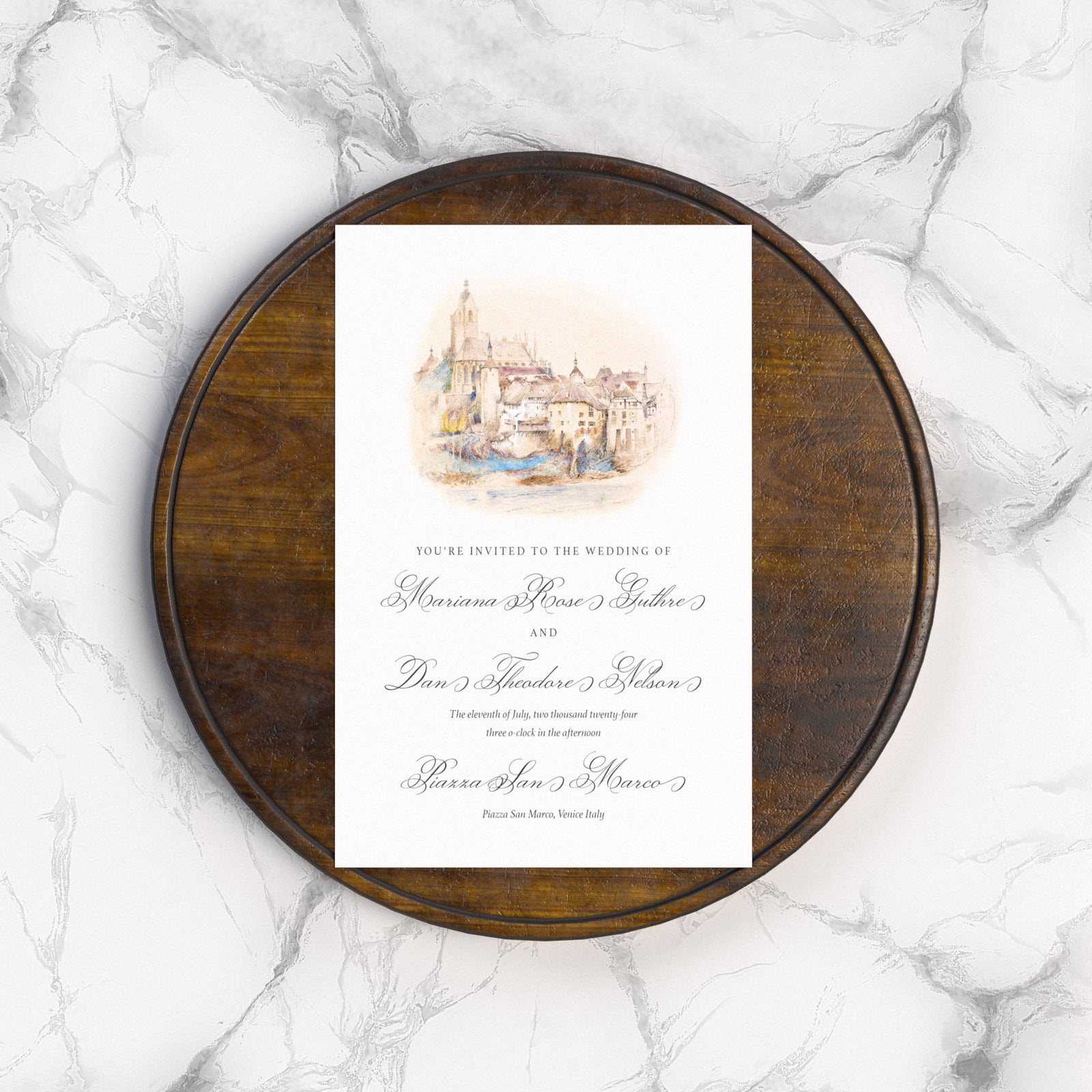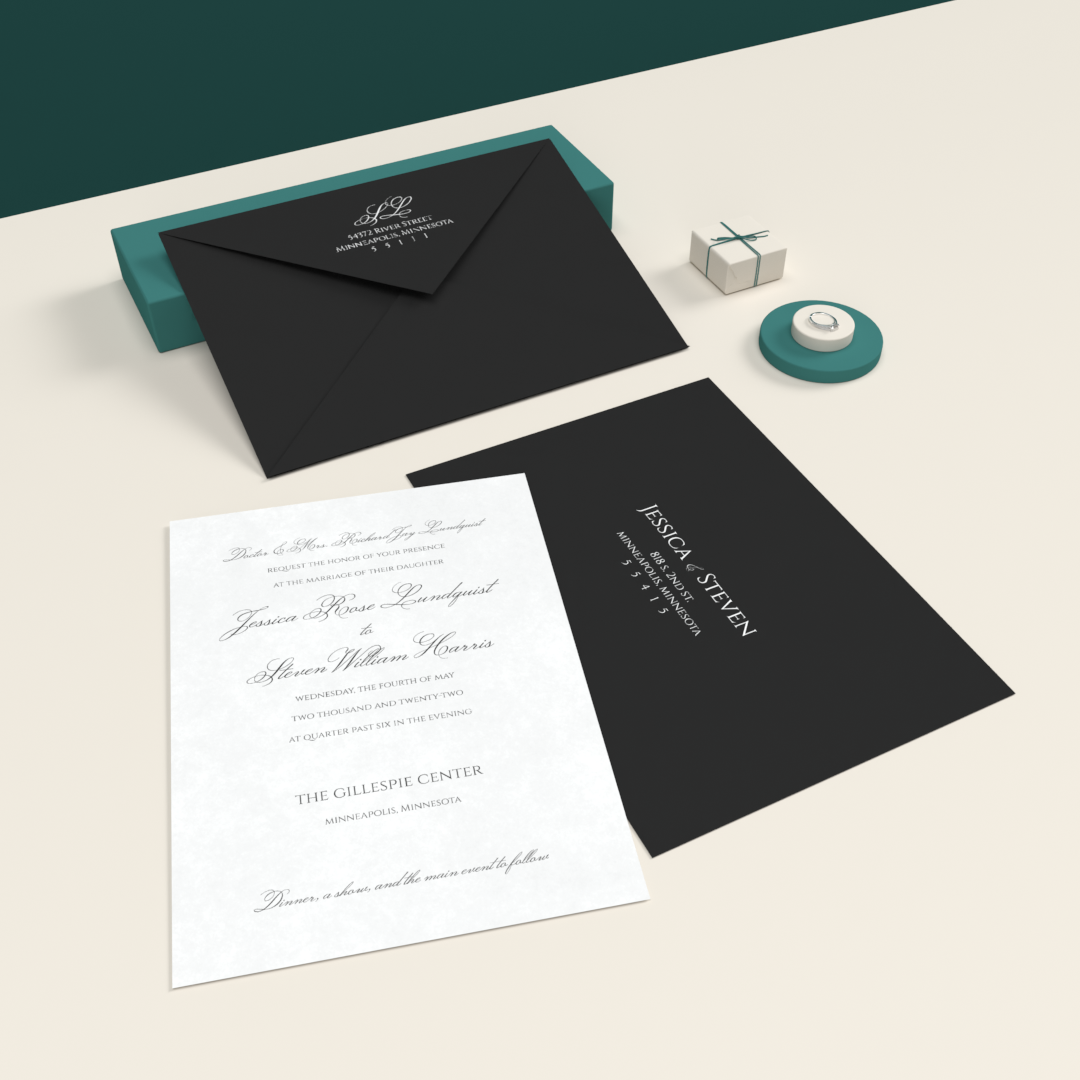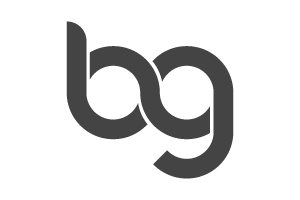Our Booklets
When it comes to printing materials for your business, there are several factors to consider to ensure that your final product meets quality expectations. Three of the most important factors to consider are booklets, collating, and sheets. In this article, we will discuss what each term means and why it matters when working with a commercial print company.
A booklet is a bound printed piece that can be used for a variety of purposes, such as product catalogs, instruction manuals, or event programs. Booklets can be bound with various methods, including saddle-stitching, perfect binding, coil, or spiral binding. While the binding method used may differ, it's essential to ensure that the booklet's layout and design are optimized for printing.

When designing a booklet, it's crucial to consider the number of pages, as this affects the production process and the final cost of the print. Printing double-sided pages can reduce the number of sheets needed to create a booklet, which will reduce the final cost. Additionally, designing with consistent margins and bleed areas is essential to ensure that the final piece is produced accurately.
Collating
Collating is the process of arranging individual sheets or pages of a multi-page document in a specific order, so that the final printed product will be assembled correctly. In other words, collating refers to the order in which the pages of a printed document are arranged.
When preparing a print file, collating is an important consideration to ensure that the final printed product is assembled correctly. This is especially important for multipage documents such as brochures, catalogs, and books.

To properly collate a print file, you need to ensure that the individual pages are arranged in the correct order and orientation. This may involve adding page numbers or section headers, and ensuring that double-sided pages are formatted correctly.Neglecting to do so may result in a final product that is missing pages or has pages in the wrong location.
It's important to communicate your collating needs clearly and make sure that we understand the correct order of the pages.
It’s worth noting that collating is an important part of setting up a print file, and requires careful attention to ensure that all pages are in the correct order and orientation. By communicating clearly with us and providing clear instructions, you can help ensure that the final printed product is assembled correctly.
Sheets
The number of sheets used in a print project is an essential factor to consider when working with a commercial print company. Depending on the project's size and layout, some projects may require a larger number of sheets to be used for printing. However, using too many sheets can increase the final cost of printing.
Here is a brief look at the layout of the four different booklets that we offer.
Perfect Bound Booklet: 2 pages per sheet, plus 2 sheets for the cover and backer
Saddle Stitch Booklet: 4 pages per sheet, plus 1 sheet for the cover and backer
Spiral Coil Booklet: 2 pages per sheet, plus 2 sheets for the cover and backer
Double Wire Coil Booklet: 2 pages per sheet, plus 2 sheets for the cover and backer

In summary, it's important to make sure to be precise in the number of sheets required for your project to ensure that the project meets your requirements without being unnecessarily expensive.




